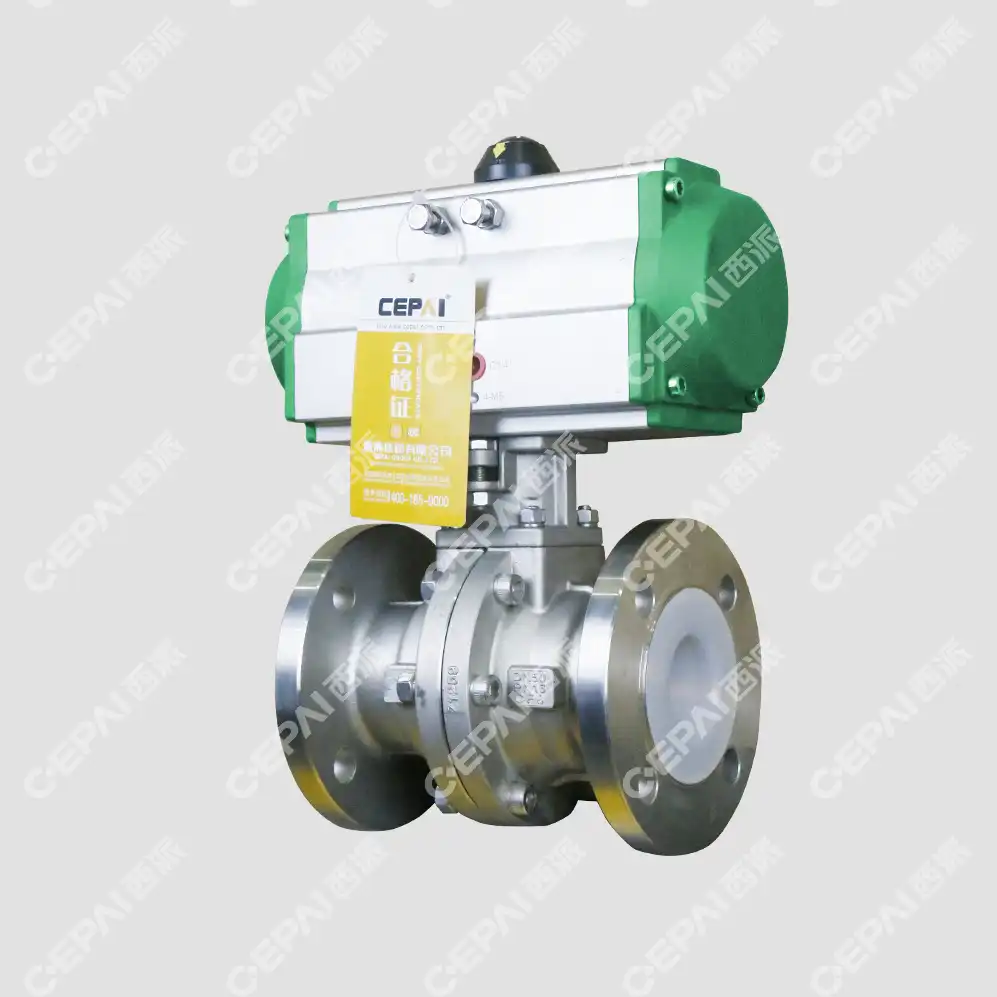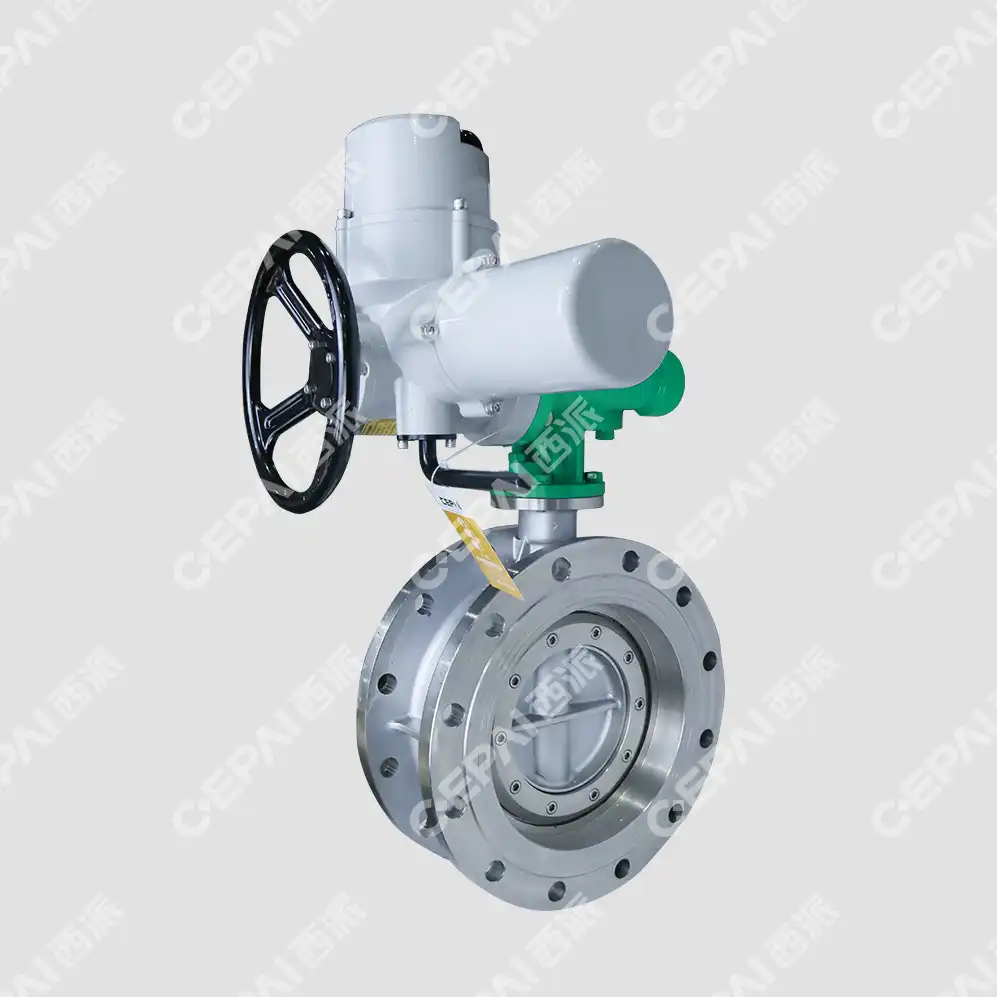Understanding Butterfly Valves in HVAC Systems
Design and Functionality of Butterfly Valves
Butterfly valves are rotational motion valves that consist of a disc-shaped element that rotates on a shaft to control flow. The design is remarkably simple yet effective. When the valve is fully open, the disc is parallel to the flow, offering minimal resistance. As the disc rotates to the closed position, it gradually restricts flow until it completely seals the pipe. This elegant mechanism allows for precise flow control, making butterfly valves a popular choice in HVAC applications where modulation is crucial.
The compact design of butterfly valves is one of their most significant advantages. They occupy minimal space along the pipe axis, making them ideal for installations where space is at a premium. This characteristic is particularly valuable in crowded mechanical rooms or retrofit projects where fitting new components into existing systems can be challenging.
Advantages of Butterfly Valves in HVAC Applications
Butterfly valves offer several benefits that make them well-suited for HVAC systems. Their lightweight construction reduces the overall weight of the system, which can be advantageous in large-scale installations. The simplicity of their design translates to lower maintenance requirements and reduced likelihood of mechanical failures.
In terms of flow characteristics, butterfly valves provide excellent control over a wide range of flow rates. This versatility allows for precise adjustment of heating and cooling systems, contributing to energy efficiency and occupant comfort. Additionally, the low pressure drop across an open butterfly valve helps maintain system efficiency, reducing the workload on pumps and compressors.
Limitations and Considerations for Butterfly Valves
While butterfly valves offer numerous advantages, they are not without limitations. At high pressure differentials, the disc can experience significant torque, which may necessitate more robust actuators. This can increase the overall cost and complexity of the valve assembly. Furthermore, butterfly valves may not be suitable for applications requiring bubble-tight shut-off, as some leakage can occur in the fully closed position.
The performance of butterfly valves can also be affected by the media flowing through them. Certain fluids or gases may cause wear on the disc edges or seat, potentially reducing the valve's lifespan or sealing effectiveness. It's crucial to consider the specific operating conditions and fluid properties when selecting a butterfly valve for HVAC applications.
Ball Valves: A Robust Alternative for HVAC Systems
Design and Operation of Ball Valves
Ball valves feature a spherical closure unit that rotates to control flow. This design consists of a ball with a bore through its center, which aligns with the pipe when open and turns perpendicular to stop flow when closed. The simplicity of this mechanism contributes to the valve's reliability and longevity. Ball valves operate on a quarter-turn principle, moving from fully open to fully closed with a 90-degree rotation.
The internal components of a ball valve are typically protected from the flow media, which enhances their durability. This design characteristic makes ball valves particularly suitable for applications involving challenging fluids or where long-term reliability is paramount. The robust construction of ball valves allows them to maintain their performance even under high-pressure conditions.

Strengths of Ball Valves in HVAC Applications
One of the primary advantages of ball valves compared to HVAC butterfly valves in HVAC systems is their excellent sealing capabilities. When closed, the ball forms a tight seal against the valve seats, providing near-zero leakage. This feature is crucial in applications where complete shut-off is necessary, such as isolating equipment for maintenance or controlling critical zones within a building.
Ball valves are also known for their low-pressure drop when fully open. The straight-through flow path in the open position minimizes turbulence and resistance, contributing to overall system efficiency. This characteristic is particularly beneficial in large HVAC systems where maintaining flow rates and reducing pump energy consumption are important considerations.
Limitations and Considerations for Ball Valves
While ball valves offer numerous advantages, they do have some limitations in HVAC applications. Their design typically results in a larger overall size compared to butterfly valves, which can be a constraint in tight installation spaces. The increased weight of ball valves, especially in larger sizes, may require additional support structures and can complicate installation and maintenance procedures.
Another consideration is the cavitation potential in certain flow conditions. When partially open, ball valves can create areas of high-velocity flow followed by sudden pressure drops, leading to cavitation. This phenomenon can cause damage to the valve and surrounding piping over time. Proper sizing and installation practices are essential to mitigate these risks in HVAC systems.

Comparative Analysis: Ball Valves vs. Butterfly Valves in HVAC
Performance in Various HVAC Scenarios
When comparing ball valves and butterfly valves for HVAC applications, it's essential to consider their performance across different scenarios. In terms of flow control, butterfly valves generally offer more precise modulation capabilities. Their disc design allows for finer adjustments, making them ideal for applications requiring variable flow rates, such as in air handling units or chilled water systems.
Ball valves, on the other hand, excel in scenarios requiring tight shut-off. Their ability to provide near-zero leakage makes them preferable in isolation applications or where preventing backflow is critical. This characteristic is particularly valuable in systems with high-pressure differentials or where safety considerations demand absolute closure.
Cost-Effectiveness and Long-Term Value
The cost-effectiveness of ball valves versus HVAC butterfly valves in HVAC systems depends on various factors. Initially, butterfly valves often have a lower upfront cost, especially in larger sizes. Their simpler construction and lighter weight contribute to reduced material and installation costs. However, ball valves may offer superior long-term value in certain applications due to their durability and lower maintenance requirements.
When considering lifecycle costs, factors such as energy efficiency, maintenance frequency, and expected lifespan come into play. Butterfly valves' lower pressure drop can contribute to energy savings over time, particularly in large systems. Conversely, the robust construction of ball valves may result in fewer replacements and repairs throughout the system's lifespan.

Installation and Maintenance Considerations
The installation process for butterfly valves is generally simpler and quicker compared to ball valves. Their compact design allows for easier insertion between flanges, and they require less space along the pipe axis. This can be a significant advantage in retrofit projects or installations with space constraints. Ball valves, while potentially more challenging to install due to their size and weight, often require less frequent maintenance once in place.
Maintenance considerations also differ between the two valve types. Butterfly valves may require more frequent seal replacements due to their exposed disc design. Ball valves, with their protected internal components, typically have longer intervals between maintenance activities. However, when maintenance is required, ball valves can be more complex to service due to their internal structure.
Conclusion
The choice between ball valves and butterfly valves for HVAC applications ultimately depends on the specific requirements of each system. Butterfly valves offer advantages in terms of compact design, precise flow control, and cost-effectiveness in larger sizes. Ball valves stand out for their excellent sealing capabilities, durability, and performance under high-pressure conditions. By carefully considering factors such as space constraints, flow control needs, pressure ratings, and long-term maintenance requirements, HVAC professionals can make informed decisions that optimize system performance and efficiency. Both valve types have their place in modern HVAC systems, and the best choice will align with the unique demands of each application.
Contact Us
Ready to optimize your HVAC system with the right valve solution? CEPAI Group offers cutting-edge valve technology tailored to your specific needs. Our expert team can help you select the perfect valve for your application, ensuring maximum efficiency and reliability. Contact us today at cepai@cepai.com to discuss how we can enhance your HVAC system's performance.


_1746598538016.webp)



